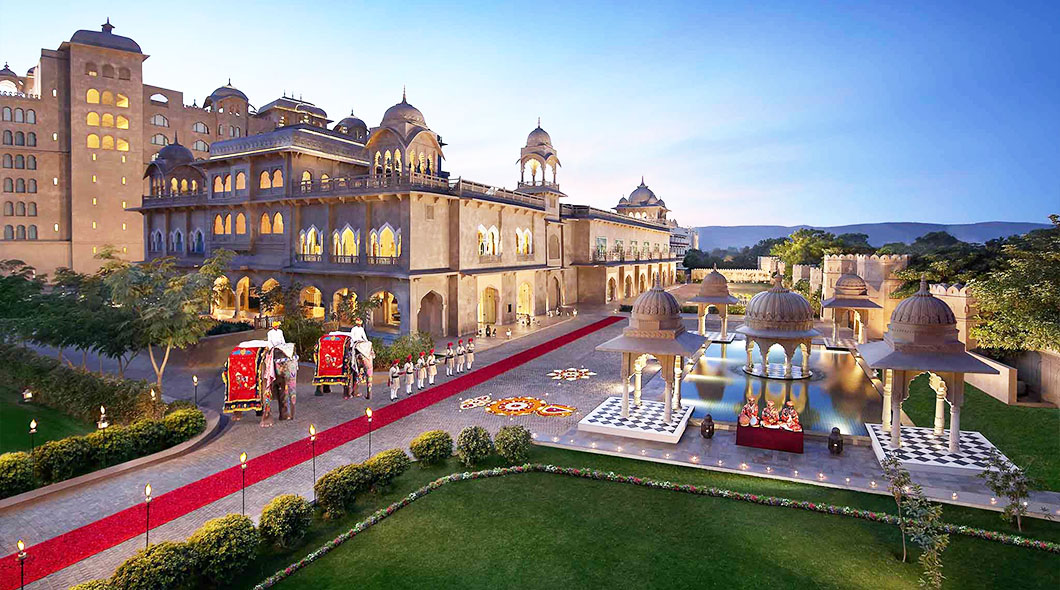Are you dreaming of embarking on the adventure of a lifetime through the stunning landscapes of Spiti Valley? A road trip through this remote Himalayan region is on many travelers’ bucket lists. However, the high altitude terrain and unpredictable weather mean road conditions in Spiti can be challenging.
To help you plan an epic Spiti Valley itinerary, here’s the latest update on the roads and some essential tips for your Spiti Valley trek.
Spiti Valley Road Status 2024
The present road situation in Spiti is a mix of good news and not-so-good news:
- Shimla to Kaza road: OPEN
- Manali to Kaza road: CLOSED
- Rohtang Pass: CLOSED
- Kunzum Pass: CLOSED
- Manali to Keylong: OPEN via Atal Tunnel
- Keylong to Kaza: CLOSED
- Chandratal Road: CLOSED
- Chitkul Road: CLOSED
Shimla-Kaza Route Conditions
The good news is that the route from Shimla to Kaza, the headquarters of Spiti, remains open year-round barring temporary closures during heavy snowfall. So you can plan a trip to Spiti from the Shimla side even in winter and spring.
However, you’ll have to return the same way and the entire Manali-Kaza circuit, including Chandratal Lake, will be off limits until late May 2024. Be prepared for snow, sub-zero temperatures, and basic accommodation options on this route in the shoulder season.
Manali-Kaza Route Status
The road from Manali to Spiti via Rohtang Pass and Kunzum Pass is completely blocked by snow in winter and spring. Avoid this route entirely between November to May.
Even when it opens in June, expect a rough ride through boulder-strewn roads, glacial streams, and slush. The journey can easily take 10-12 hours. Carry extra fuel and warm layers.
Kunzum Pass & Chandratal Lake
At a dizzying elevation of 4551 m, Kunzum Pass on the Kaza-Manali road receives heavy snowfall, keeping it closed for 8 months until late May or early June. The road to the stunningly blue Chandratal Lake also opens around the same time.
Planning Your Spiti Valley Itinerary
Here are some tips to plan a memorable Spiti road trip:
- Best time to visit: June to September is ideal with all roads open. Visit in May/October to avoid crowds.
- Minimum trip duration: Account for at least 7-9 days from Shimla and 5-6 days from Manali.
- Acclimatization: Take it easy on the first couple of days to acclimatize to the high altitude. Stay hydrated.
- Accommodation: Book hotels in advance, especially in peak season. Campsites and budget stay options have basic facilities.
- Fuel & Supplies: Fill up whenever you can. Carry snacks, water, basic medicines, and warm clothes.
- Know your limits: Avoid travelling at night and during extreme weather conditions. Be prepared to change plans if needed.
Must-Visit Places in Spiti Valley
Here are the top attractions to include in your Spiti Valley itinerary:
- Ki Monastery: An iconic Buddhist monastery perched on a hilltop
- Kibber Village: Among the highest villages in the world
- Langza: Stunning views of Chau Chau Kang Nilda peak
- Dhankar Lake & Monastery: A scenic lake next to a 1200-year-old clifftop gompa
- Chandratal Lake: Camp overnight beside this crescent-shaped glacial lake
- Kunzum Pass: Panoramic views at this gateway to Spiti
- Pin Valley: A National Park great for spotting rare wildlife
- Tabo Monastery: The ‘Ajanta of the Himalayas’ dating back to 996 CE
- Komik: The highest village in Asia with a road
Apart from sightseeing, other things to do in Spiti include stargazing in the pollution-free skies, meeting locals over butter tea, attending colorful festivals, and going on high-altitude treks like Pin-Parvati, Pin-Bhaba, and Kanamo Peak.
Read Also : Budgeting for Your Ultimate Spiti Road Trip
Transportation Options
For your Spiti Valley trek, you can either drive yourself, hire a private taxi, or take public transport:
- Self-drive: Ideal for flexibility but be prepared for challenging road conditions. SUVs/MUVs with high ground clearance recommended.
- Private cab: Customized but more expensive. Look for experienced drivers who are Spiti locals.
- HRTC buses: Budget-friendly but less comfortable. Subject to delays/cancellations in bad weather.
- Bike trips: Possible from July to September but only for seasoned riders with proper backup.
In Conclusion
A Spiti Valley road trip is not for the faint-hearted but it’s immensely rewarding for adventure lovers. With some advance planning based on the latest road status, you can experience a slice of Himalayan heaven like no other.
Follow the tips shared here, respect the local culture and fragile ecosystem, and get set for the journey of a lifetime through the stunning cold desert of Spiti.






